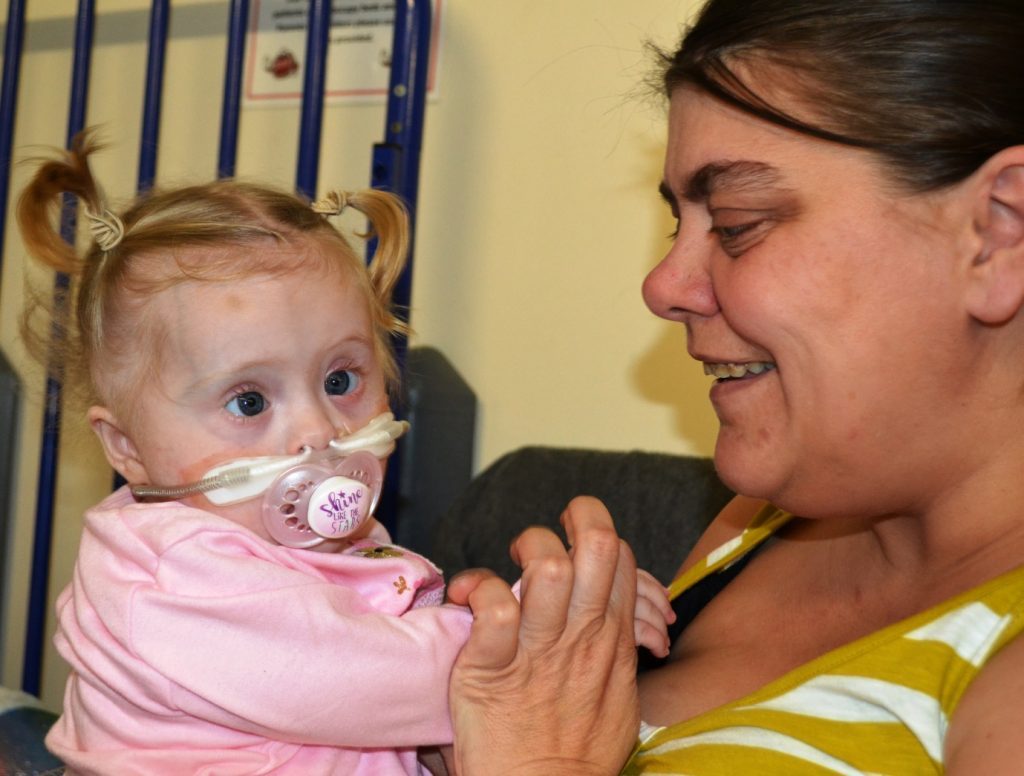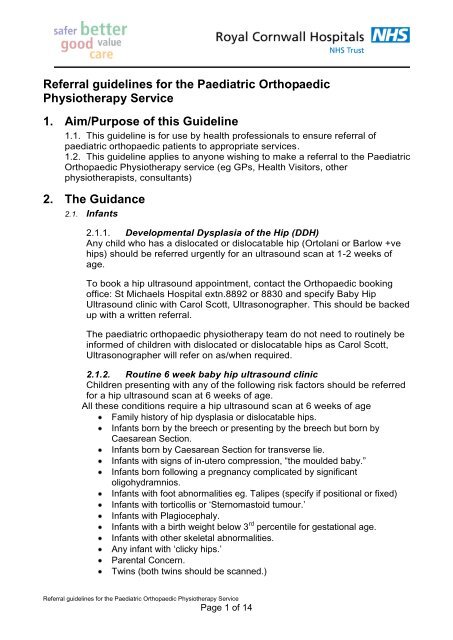hypermobility in babies nhs
While standing put hands flat on floor while knees stay straight. Children who are hypermobile have too much movement around their joints.
Hypermobility is commonly seen in young children.

. The looseness of the supporting structures lead to joint instability. Hypermobility is commonly seen in young children. Hypermobility may be a red flag symptom of a more severe disease with underlying multi-organ involvement.
Hypermobility Information for parents carers and schools PDF 158kb. Her joints are so bendy that weve been warned its unlikely the issue will ever just go away. This reason the preferred term to use is Joint Hypermobility Syndrome JHS.
Prevalence of hypermobility varies greatly depending on the literature. When you have joint hypermobility it means your joints are more flexible than in other people. In many cases the joints become stiffer with age although joint hypermobility and its associated symptoms can continue into adult life.
Joint hypermobility in babies and children. Reports have shown that between 3 to 30 of children have hypermobility without any difficulties. It is common in the general population of children and young adults.
Hypermobility is commonly seen in young children. Download the Alder Hey Childrens NHS Foundation Trusts leaflet. It affects 7 10 of school age children in the UK.
Usually the joints are loose and stretchy because the ligaments that should make them stronger and support them are weak. The older you are the less likely it is you will be hypermobile. Inheriting the condition from a parent about 75 of people affected by.
Children should be encouraged to maintain a normal level of activity including playing any sports they are interested in. Hypermobility can be a common source of joint or muscle complaints causing fatigue pain and possible injury. Most children will get less flexible as they.
Families should be aware that its main risk comes from preventing children to live normal lives. In general hypermobility should be considered a connective tissue advantage. If you remain concerned PALS can also advise upon how to make a formal complaint.
Management of hypermobility should generally be in Primary Care. 4 points and pain in 4 or more joints for at least 3 months joint hypermobility syndrome likely. It is sometimes referred to as being double jointed and is quite common about 1 in 10 people are hypermobile.
Joint hypermobility syndrome can run in families and it cannot be prevented. 4 points and pain in 4 or more joints for at least 3 months joint hypermobility syndrome likely. Studies have shown that hypermobility is more common in girls than boys.
A joint is the place on the body where two bones meet. Most children will get less flexible as they get older and should improve as the childs strength and co-ordination develop. Joint hypermobility is thought to be very common particularly in children and young people.
Keeping active and strong is important and helps reduce joint pain as fitness and. Hypermobility in babies nhs. There is a normal variance in the population.
Joint hypermobility in babies and children is even more common and usually causes no problems. Most children are flexible and some more so than others. In the majority of children this will become less as they get older but a small percentage will remain very flexible.
Hypermobility may affect just one joint or many joints. Advice for hypermobility oxleasnhsuk Children with hypermobile joints have too much movement in their joints. Arthritis Research UK Joint hypermobility differences in the shape of your bones such as shallow hip sockets.
Someone can be described as Hypermobile when they are more flexible than the average person. Anyone who has symptoms as a result of having hypermobile joints but who does not have all the features of Ehlers-Danlos syndrome has a hypermobility spectrum disorder. Between 25-50 of children under 10 are considered hypermobile.
Most children are flexible but some more so than others. Excess movement may cause brief discomfort pain and swelling. It can occur in one or more joints and can range in severity.
Assessing and managing this condition in children and young people requires specialist knowledge since for all the extra-articular symptoms including abdominal involvement headaches fatigue etc. However causes of generalised joint hypermobility include. It is extremely common in children having being reported in 25 to 50 of those younger than 10 years of age.
4 points hypermobility likely. In most cases hypermobility peaks at. This is more common if their parents are still very flexible.
These problems mainly affect children and young adolescents with extra-flexible hypermobile joints who develop pain on exercise which persists when they rest. A small number of children will remain flexible and it. This can occur with just a couple of joints or all joints.
Some estimates suggest that around one in every five people in the UK may have hypermobile joints. Hypermobility often improves with age. It is not an illness or disease and is a normal variation.
The majority of children will become less supple as they get older but a small percentage will remain very flexible. Advice for hypermobility oxleasnhsuk children with hypermobile joints have too much movement in their joints. Most children are flexible but some more so than others.
Families should be aware that its main risk comes from preventing children to live normal lives. Generally children are flexible some more than others. Hypermobility refers to an increased range of movement in multiple joints for their age.
All joints have a cavity containing a small amount of fluid which allows movement to happen. How common is hypermobility. A doctor will also use more detailed criteria to help their diagnosis.
It consists of joint hypermobility joints easily move.

Joint Hypermobility In Babies And Children Emma S Diary

Pin By Natalie Martin On Nurse Stuff 2 Physiotherapy Neurology Ocupational Therapy

Hypermobility Lincolnshire Community Health Services Nhs Trust

Hypermobility Lincolnshire Community Health Services Nhs Trust

Pin By Natalie Martin On Nurse Stuff 2 Physiotherapy Neurology Ocupational Therapy

Why Hope Is An Inspiration Blackpool Teaching Hospitals Nhs Foundation Trust

Joint Hypermobility Information For Children And Young People Cuh

Is There A Happy Ending For Children With Hypermobility Double Jointed

Referral Guidelines For The Paediatric Orthopaedic Physiotherapy

Rockin Chairs Ivyrose Spica Chairs Watermelon Party Chair Kids Wood

Joint Hypermobility Information For Children And Young People Cuh

What Is Hypermobility In Babies Children Young Adults Therapy Stars

